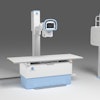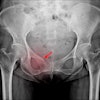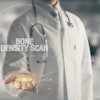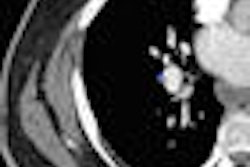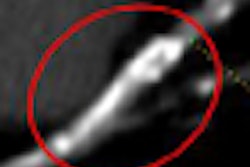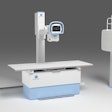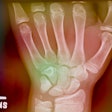Dear AuntMinnie Member,
A study presented at last month's European Congress of Radiology points to what could be an emerging new use for digital tomosynthesis -- identifying kidney and ureteral stones.
A Belgian research group used digital tomo as a potential screening tool for patients presenting with renal colic who might otherwise be sent directly to CT. Tomo offered a lower radiation dose than CT and much higher sensitivity than conventional analog radiography, the researchers found.
But tomo's performance varied widely depending on the location and size of the stones. Find out when the technique is most appropriate in an article in our Digital X-Ray Community that you can reach by clicking here.
In other news in the community, staff writer Wayne Forrest reports on a recent study in which researchers found that the risk of radiation exposure is routinely underestimated when using standard and mini C-arms.
U.S. researchers were shocked to discover how much background radiation was measured 20 feet away from a mini C-arm -- 40 times the normal amount of background radiation. They recommend that C-arm users take protective measures for both patients and healthcare staff; learn more by clicking here.
Finally, staff writer Cynthia E. Keen explains how radiography may not be the best tool for children presenting with sudden-onset hip pain in an article you can reach by clicking here.
Get these stories and more in our Digital X-Ray Community at xray.auntminnie.com.
